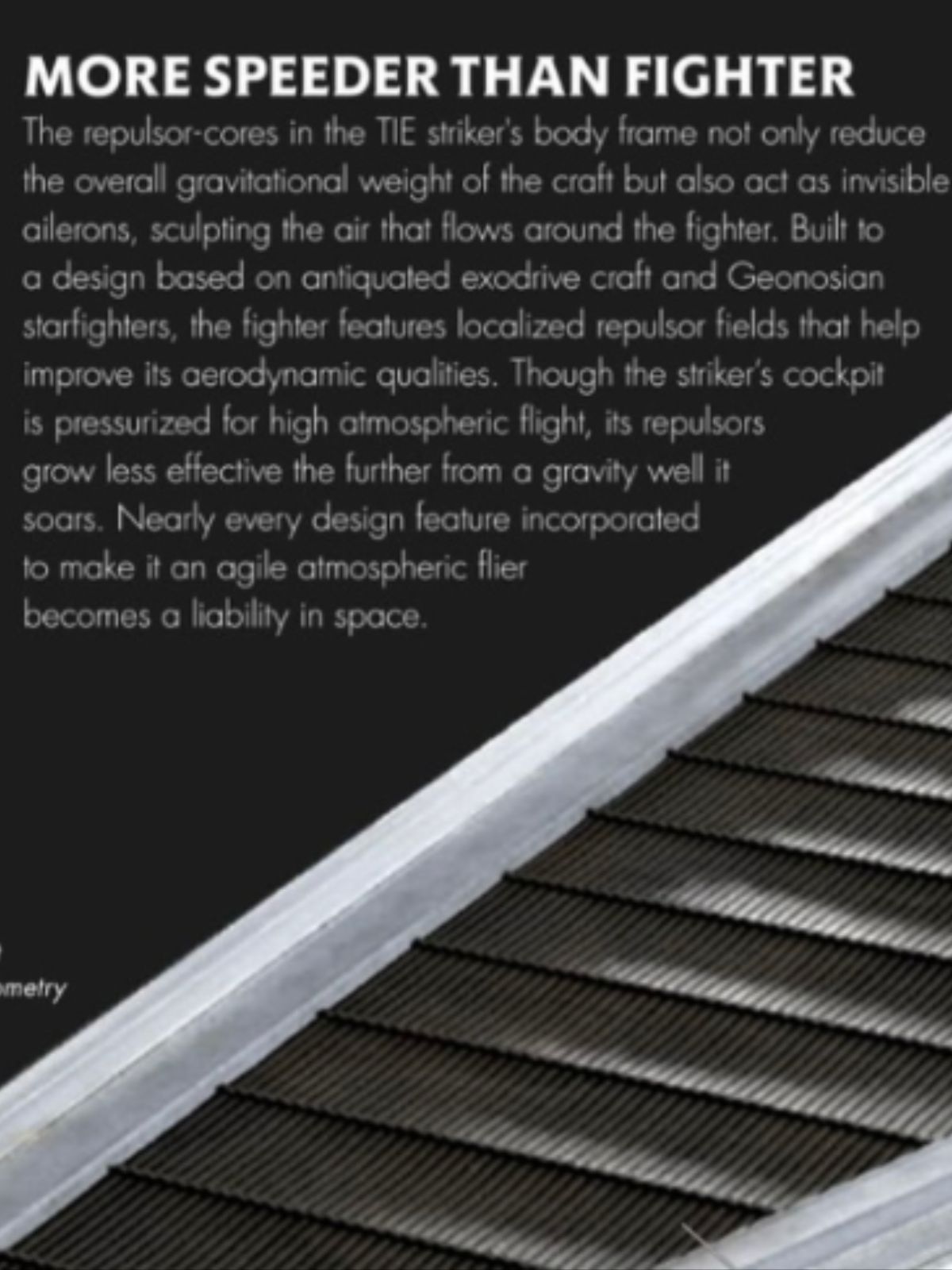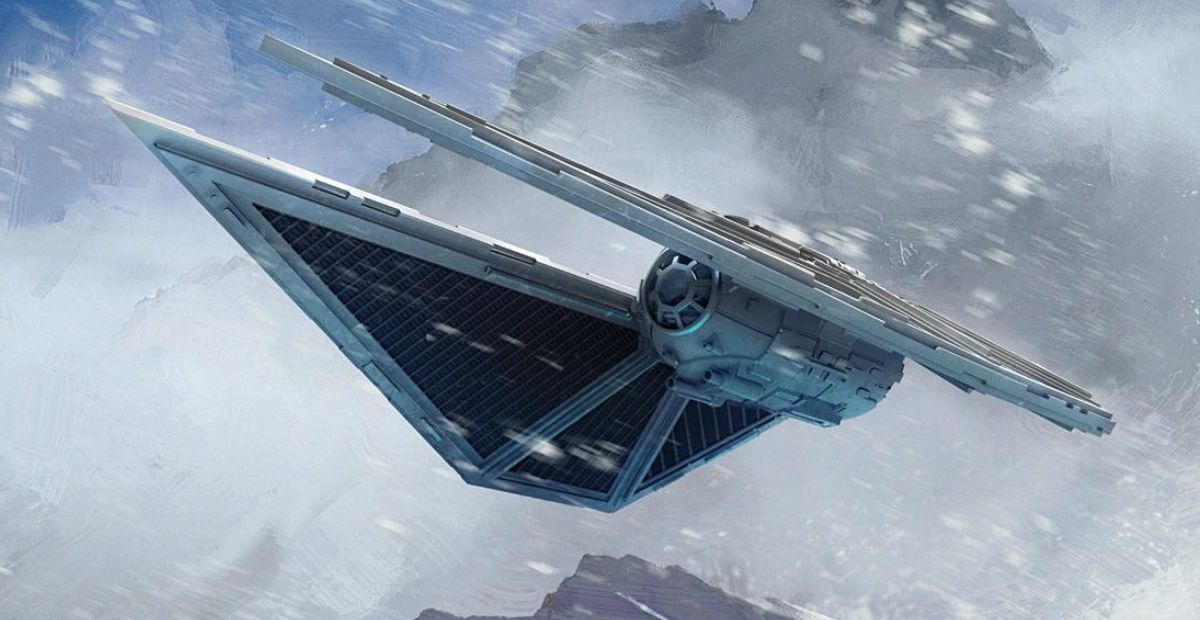When I think about space battles, my mind often drifts to the ships themselves, and the TIE Striker is one that stands out for me.
It’s fast, sleek, and just plain awesome to look at. But here’s the thing—it wasn’t designed for space combat. That’s always bugged me. How could a fighter this cool not dominate in space? It feels like such a waste.
So, I went digging for answers, and if you’ve ever wondered the same thing, keep reading. I’ve found out why the TIE Striker falls short in space battles, and it’s actually pretty interesting.
TIE Striker is Built for Atmospheres Not Space
As I discovered in the TIE/SK Fighter data file, the book describes the fighter:
“… Though the Striker’s cockpit is pressurized for high atmospheric flight, its repulsors grow less effective the further from a gravity well it soars. Nearly every design feature incorporated to make it an agile atmospheric flier becomes a liability in space.”

The TIE Striker, or TIE/SK Fighter, is specifically engineered for atmospheric combat, and its design choices reflect that purpose.
As described in its data file, the fighter relies heavily on repulsor cores to reduce its gravitational weight and improve its aerodynamic efficiency.
These repulsors act almost like invisible wings, allowing the TIE Striker to maneuver with precision in high-pressure environments like planetary atmospheres. However, this same technology becomes a glaring weakness in space.
Without the support of a gravity well, the repulsor fields lose their effectiveness, making the fighter significantly less agile and efficient.
The very design that makes it a formidable presence in the air—sculpted for speed and aerodynamics—turns into a liability when deployed in the vacuum of space.

TIE Striker’s Wing Shape Focuses on High-Speed Atmospheric Combat
Not only that, but further research into the TIE Striker reveals how its wing design specifically caters to atmospheric combat rather than space engagements.
According to StarWars.fandom, the TIE/SK x1 experimental air superiority fighter featured flat, pointed wings that were engineered for high-speed maneuverability in planetary atmospheres.
This design gave the TIE Striker a significant speed advantage over the standard TIE/ln fighter when operating within a planet’s gravitational field.
The wings themselves were unusually shaped, straying far from the iconic vertical panels of traditional TIE Fighters.
These unique wings increased the ship’s VTOL (vertical take-off and landing) capabilities, making it highly effective for rapid deployments and close-combat skirmishes in atmospheric conditions.
Additionally, the TIE Striker could shift its wings into a curled-down position, transitioning from flight mode to attack mode, which enhanced its performance during combat.
However, this atmospheric focus further underscores why the TIE Striker struggled in the vacuum of space—it simply wasn’t built for it. Its specialized design, while perfect for in-atmosphere operations, left it ill-equipped for the challenges of zero-gravity warfare.

